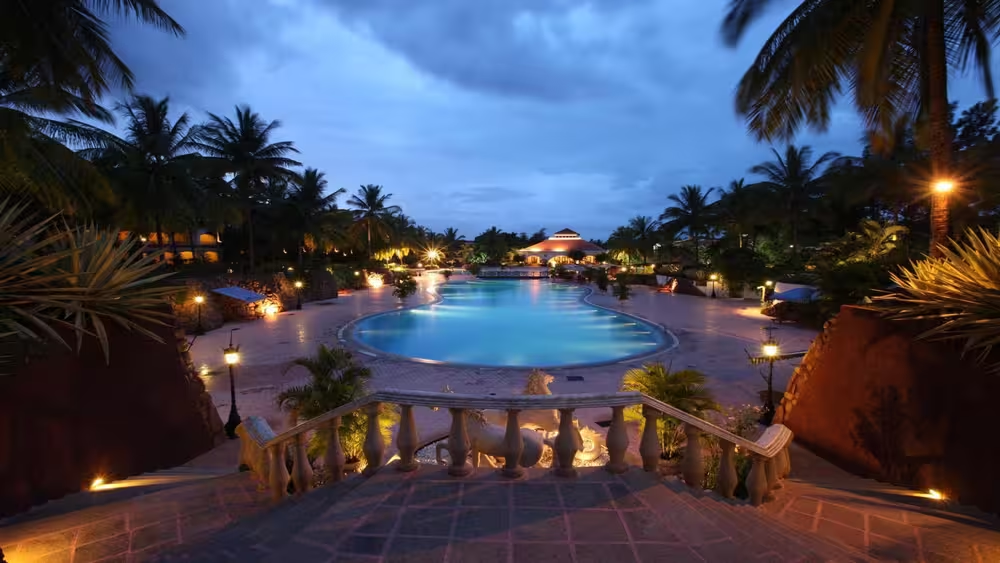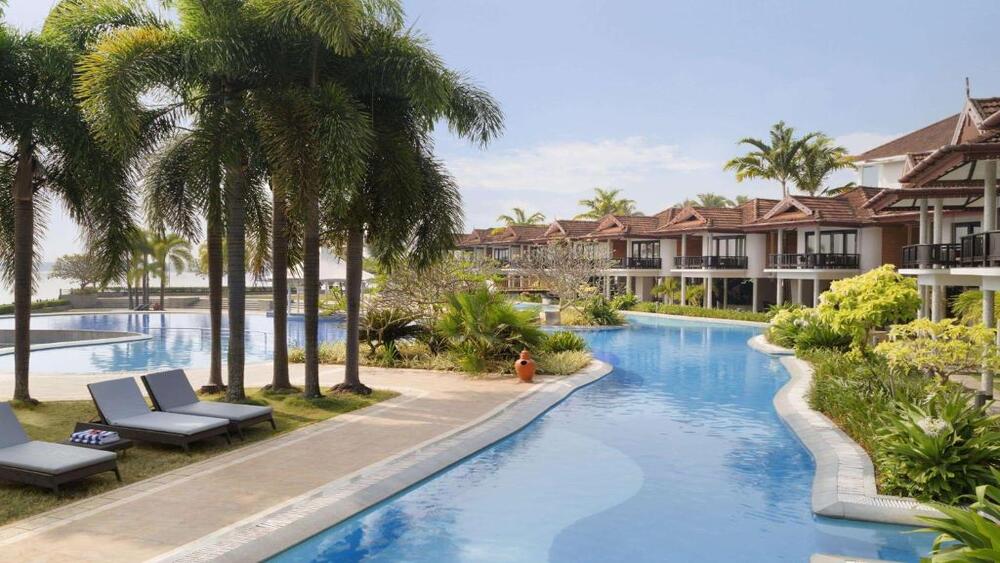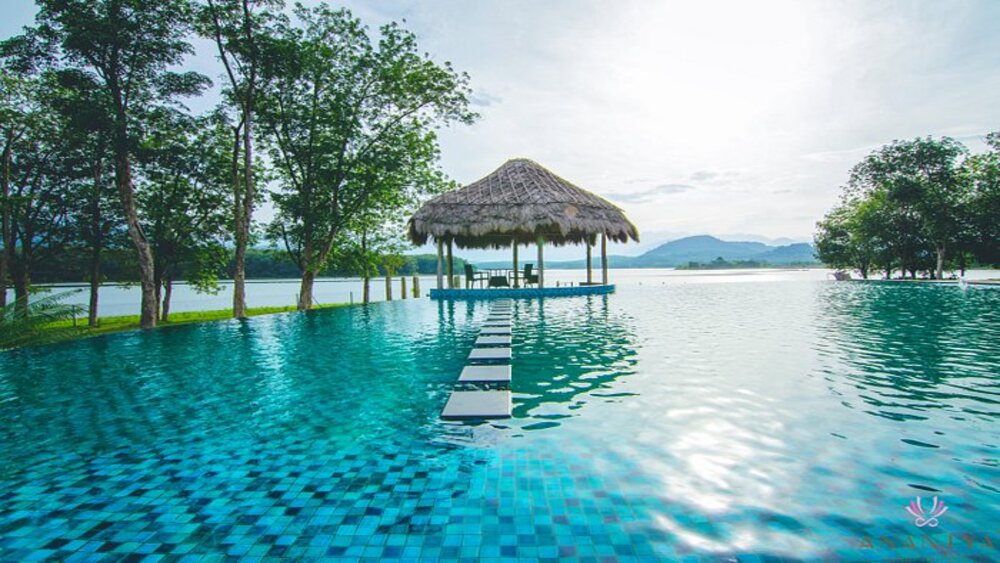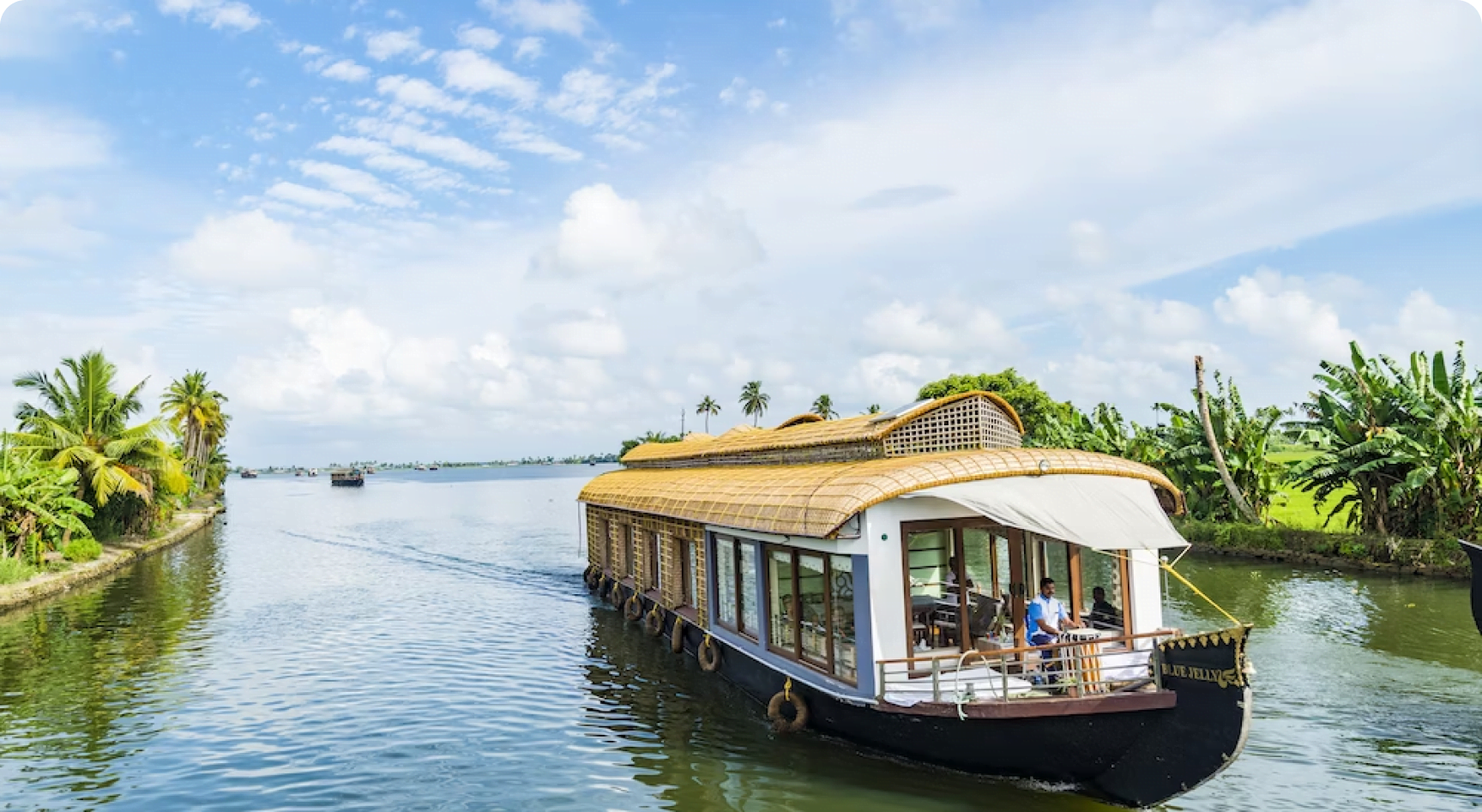

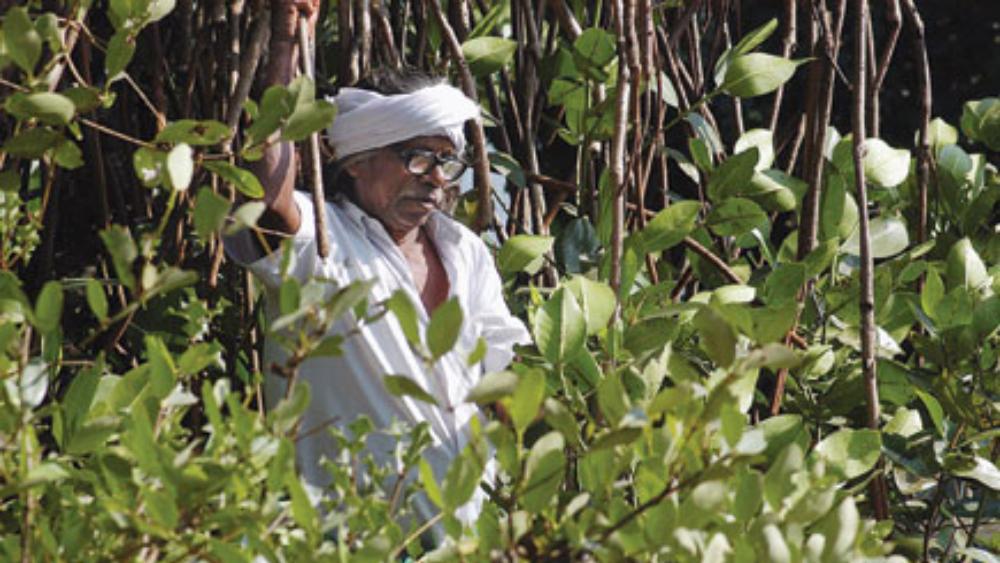
Mangroves in Kerala are nothing but nature’s gift to God’s Own Country. With the mighty mountains of the Western Ghats on one side and the vast stretch of the rich coastal belt on the other, Malabar or North Kerala Region – especially Kannur and Kasaragod are wonderful troves showcasing the vivid biodiversity! Mangroves in Kerala provides a huge scope of eco-tourism in Kerala.
The rich backwaters of North Kerala that run along the Western Parts of the region are home for the incredible Mangroves in Kannur and Kasaragod.
The thick Mangroves in Kannur form the border lines along the banks of the backwaters and river lines along with the marshy lands of Valapattanam, Payyanur and Nileshwar, etc. Mangroves in Kerala are an important part of the state’s ecosystem. Among the Mangroves in Kerala, Kannur has the longest stretch of Mangrove Forests, spanning about 7.55 sq. km. The Mangroves in Kannur sums to about half the total Mangroves in Kerala.
Mangroves in Kerala are an interesting collection of the thick growth of weird plants that grow in the marshy lands along the rivers and backwaters in Kerala. Though growing in the dirt, Mangroves are the real protector of the Land. A real soul purifier of the Rivers.
Mangroves are known by the different names of Tidal Forests, Coastal Forests, Coastal Woodlands, Walking Forests, and Oceanic Forests etc. Locally known in Kerala as the ‘Kandal’, the Mangroves are one of the most productive ecosystems.

Mangroves in Kerala – The Mangrove Food Web
Mangroves in Kerala are unique ecosystems, extremely rich in biodiversity, growing along the inter-tidal coastal habitats such as shorelines, estuaries and backwaters. Mangroves in Kerala is regarded as the most diverse growth of Mangroves in India. Other major places of Mangroves in India are Pichavaram in Tamilnadu and Sundarbans in West Bengal.
Mangroves in India are often a refuge and nursery for a large variety of threatened terrestrial and aquatic species and an important source of fodder and medicines. The local people use the dry branches of the Mangrove Forests as firewood.

Mangroves in Kannur near Payyanur
The thick and continuous growth of Mangroves is strong. Mangroves in India act as barriers against cyclones and tsunamis (Mangroves in India evidenced in their important role in reducing the impact of the 2004 Indian Ocean tsunami), prevent coastal erosion, and maintain inland water quality by acting as a filter that prevents seawater intrusion.
With the infrastructural development that engulfed the coastal regions of Malabar, the density of the Mangroves in Kerala was on the quick decline. It was not only in North Kerala that the Mangroves faced the restless destruction. According to Global Surveys, only less than half the original acreage of the Mangrove Growth exists today!
The overpopulation in Kerala and hiking land prices in the mainland led construction and real estate shift towards the marshy lands of Mangrove Forests. Mangroves in Kerala were cleared, the marsh filled with stable soil and constructions were initiated in various parts of the world.
More than half of the major destruction of Mangroves in Kerala happened in the last 50 years. There have been significant disturbances caused to the ecosystem with the massive destruction that has been put on the Mangrove Forests in the last 2 decades.

Destruction of Mangroves in Kerala
As of today, only around 1750 hectares of an estimated original 70,000+ hectares of Mangroves in Kerala. Unfortunately, a major portion of the remaining Mangroves in Kerala are under private ownership and are therefore under high threats of destruction.
With growing demands, these lands were often soil-filled and converted into coconut plantations or used for agriculture, aquaculture, unscientific water regulation, construction of roads or buildings, real estate development etc. The inadequate law enforcement systems in the regions have also significantly contributed towards the speedy destruction of the Mangroves in Kerala.
Local Governments Bodies and Non-Governmental Organization aimed at the Conservation of Mangroves in Kerala are working hard to create awareness among the owners of the Mangrove Growths and the local people to save the remaining Mangroves in Kerala from destruction and also cater for major campaigns that focus on the restoration of Mangroves in the region. Mangrove Tourism is also being promoted under Responsible Tourism Initiatives in Kerala.
Kallen Pokkudan or more famously known as the ‘Kandal’ Pokkudan was one dedicated soul that spent the best part of his life in conserving and restoring the dying stretch of Mangroves in Kannur, the coastal lines of North Kerala. Kallen Pokkudan was often called as ‘Praanthan Pokkudan’ in his earlier days because he used to plant the thick bush variety of the Mangroves in Kannur known locally as the ‘Praanthan Kandal’ or the Crazy Mangrove.
Kallen Pokkudan is regarded as the key person in Kerala, responsible for nurturing the Mangroves in Kannur – in the deficient wetlands of Pazhayangadi. Kallen Pokkudan, however, was no great academic scholar – but only a village labourer.
Pokkudan, who took seminars along the length and breadth of Kerala and India generating awareness about the conservation of Mangroves in Kerala, was born into a poor family and was indeed a 2nd-grade dropout from the school due to financial difficulties in the family. Kallen Pokkudan grew up working as an agricultural labourer in the village farm along with his parents.

Kallen Pokkudan with the Mangrove Forests he planted in North Kerala.
Kallen Pokkudan involved in the conservation of Mangroves right on the time when the Mangroves in Kannur were on verge of massive destruction. The high profiled environmentalists and responsible authorities were still unaware of the ill-happenings that could arise due to the rapid destruction of the Mangroves in Kannur along the coast.
Pokkudan, who grew by the lap of the estuaries and the rich rivers of Ezhom knew very well about do’s and don’ts with the environment. With his life experience, Kallen Pokkudan analysed the rich treasures that the Mangrove Forests hid inside.
The Mangroves supported a wealth of life, ranging from crabs, snakes, birds, a wide range of fish, squirrels; a food source for monkeys, a nectar source for bats, butterflies and honeybees, and countless other creatures! Even the villagers used the dried branches of the Mangroves as firewood.
Pokkudan always referred the Mangroves as the living box of Pandora! And he couldn’t just sit there watching the treasures being destructed in front of his eyes. With pure determination and spirit, Pokkudan embarked on a historic effort were in he would daily set on his country boat along the waters to plant a sapling of Mangroves along the marshes he could spot!
He not only planted acres of Mangrove Saplings but in fact conserved and protected them until they emerged as thick Mangrove Forests! As a dedicated routine, Pokkudan would either walk or canoe along the wet-waterlogged marshes to plant new Mangrove Saplings for hours starting from early morning till noon.
The initial days were in fact the hardest for Pokkudan as he had to face immense criticism from various people for spending his time on the marshes, doing things that earned nothing beneficial for his living! He often had to face threats from the local real estate gangs who were prying on the Mangrove Lands for business!
Often, Pokkudan could find the saplings he planted the previous day to be plucked and thrown into the river by his enemies. But the ill-happenings didn’t take Pokkudan backwards. The sheer determination of Pokkudan survived and thrived into a great campaign – just like the thick Forests of Mangrove emerged from small seeds of the Mangroves!
Over a time span of two and a half decades, Pokkudan had planted over hundreds of thousands of Mangrove saplings along the coastal lines of North Kerala. Later on, following the footsteps of Kallen Pokkudan, various Governmental and Non-Governmental Organizations set foot on conserving the Mangrove Forests in North Kerala which earned huge appreciation from all over the world!
With collective efforts and consistent campaigns and awareness programmes, the local people began putting up a collective resistance against the destruction of Mangroves in Kerala in the villages. Panchayaths began booking cases for the destruction of Mangroves in Kerala, with Schemes for Mangrove Conservation finding a place in the annual plans for the first time.
Various other initiatives also formed in and around the region of Pokkudan’s work area. One of the major efforts to conserve Mangroves in Kannur was much acclaimed ‘Kannur Kandal Project’ aimed at ensuring the conservation of the remaining growth of mangroves and restoration of the acreage of such habitats across Kannur.
This effort potentially made it a prototype for other coastal districts of Kerala and a model for the rest of the country. It was Apollo Tyres who initiated the Kandal Project in Kannur with a partnership with Wildlife Trust of India (WTI) commemorating the UNESCO-mandated international day for the conservation of Mangroves.
The Kannur Kandal Project offers sessions for visitors explaining them about the role of Mangrove in the ecosystem of Kerala and elsewhere. The session also provides the visitors with an insight about the activities and campaigns held by the Kannur Kandal Project and its associated Mangrove Conservation Committees which operate regionally in conserving the Mangroves in Kerala.
The project is based in Kunhimangalam village, which is one of the largest mangrove villages of Kerala, and has established a Mangrove Interpretation Centre, located in the natural ecosystem, for mangrove-based research and education, and the promotion of mangrove restoration through community and government participation. Mangrove eco-tourism initiatives are also being taken up.
A mangrove nursery has been established and community-based initiatives launched to enhance public awareness and reduce threats to mangroves. Special efforts are being made to generate scientific interest about mangroves among the new generations.
Students learning about the Mangroves in Kerala
As part of this, the project selects various student groups from schools and colleges in Kerala and organize workshops at the project’s Mangrove Interpretation Centre that are handled by eminent Naturalists and Environmentalists involved in Mangrove Conservation.
During every session, the selected students are given an introduction to World Wetlands Day and its relevance to Mangrove Conservation, followed by a detailed session on the Mangrove Ecosystem – both globally and locally.
In order to provide the participants with first-hand experience of the diversity of Mangroves in Kerala and their associated fauna and flora, the Kandal Project Team also takes them on a field trip into the neighbouring Mangrove Covers conserved under the Kandal Project.
Image Sources – WTI and Wikipedia

